"Three in one" painting series
When it comes to stained glass, artists and architects often mention artist Pham Hong Vinh in Son Tay, Hanoi . He is known as the owner of exclusive technology that can turn ordinary glass panels into stylish works of art or products used in the fields of decoration, household appliances, gifts, etc.
Artist Pham Hong Vinh came to glass painting by chance. He shared that more than 30 years ago, he started his career in ceramics but was unsuccessful, so he switched to the profession of making polished stone. While polishing lines on glass, he discovered its unique beauty and limitless potential in decorative art.
However, to convey that primitive beauty to a glass painting is not simple. Without a guide, without books to study, the only way is to learn by doing. After decades of research and experimentation, in 2012, Mr. Vinh succeeded with the VinhCoba glass painting brand and was granted an exclusive patent for the production process of artistic glass paintings.
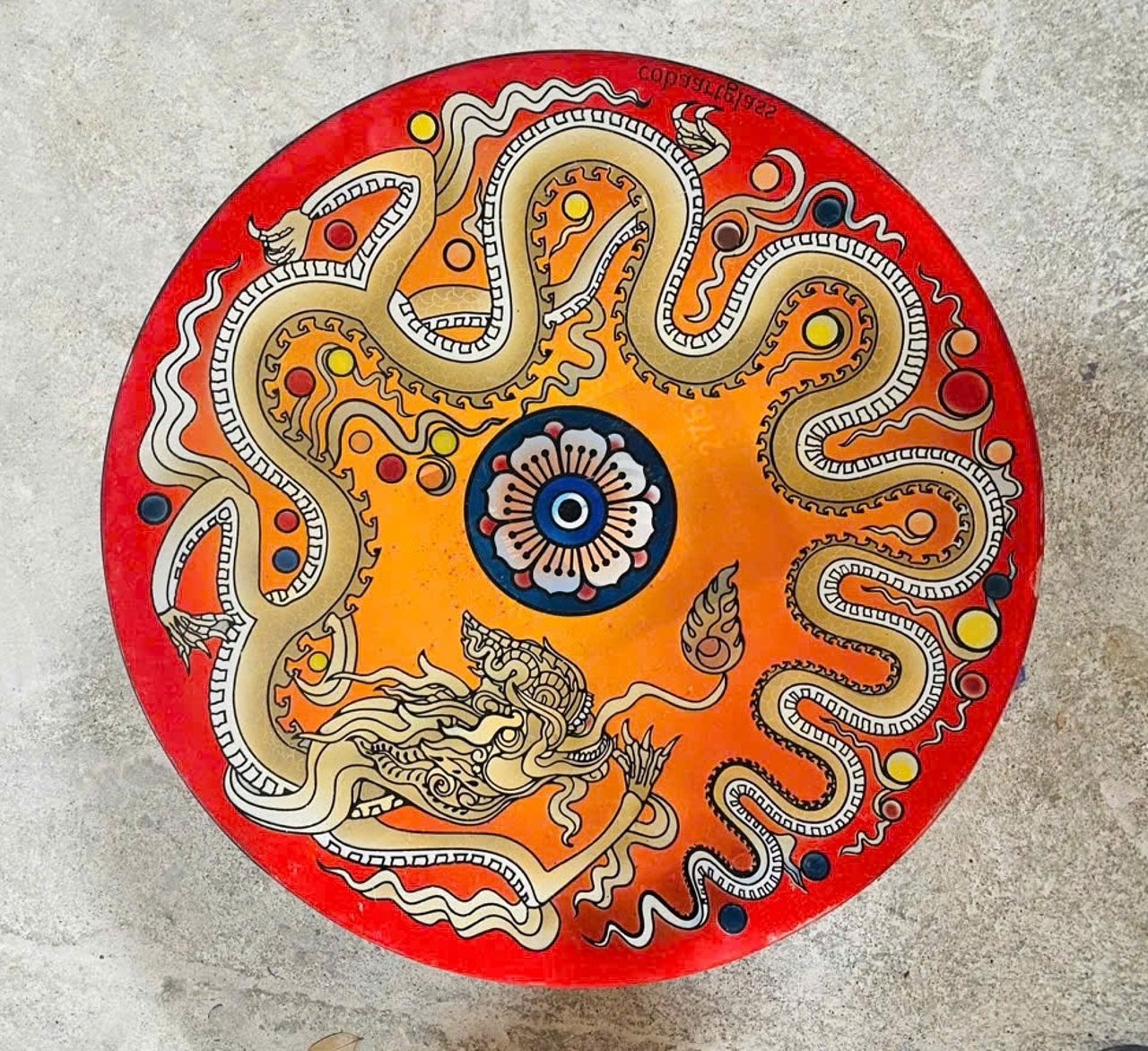
Ly Dynasty dragon painting.
According to Mr. Vinh, stained glass has a unique combination of three elements: sculpture, painting and technology. However, to meet the requirements of physical durability and no color change over time, the processing must use ceramic enamel and be put into a furnace at 700 degrees Celsius. Thanks to the heating process, the stained glass becomes 10 times harder than normal glass.
“I have now trained 6 people who have mastered all the stages of making glass paintings, from designing drawings, creating perspectives; processing images on computers; engraving the glass surface with pressure; grinding; spraying color; baking and finishing, ” said Mr. Vinh.
After completion, glass paintings have the advantages of being very durable, resistant to impact and heat, and the drawings do not peel or fade. In terms of aesthetics, if traditional glass paintings are limited by technique (colored mosaic glass can only create simple shapes, hand-painted glass is difficult to achieve 3D effects), VinhCoba glass paintings have completely overcome these limitations. The glass surface is now like a wide open canvas for artists to paint their works.
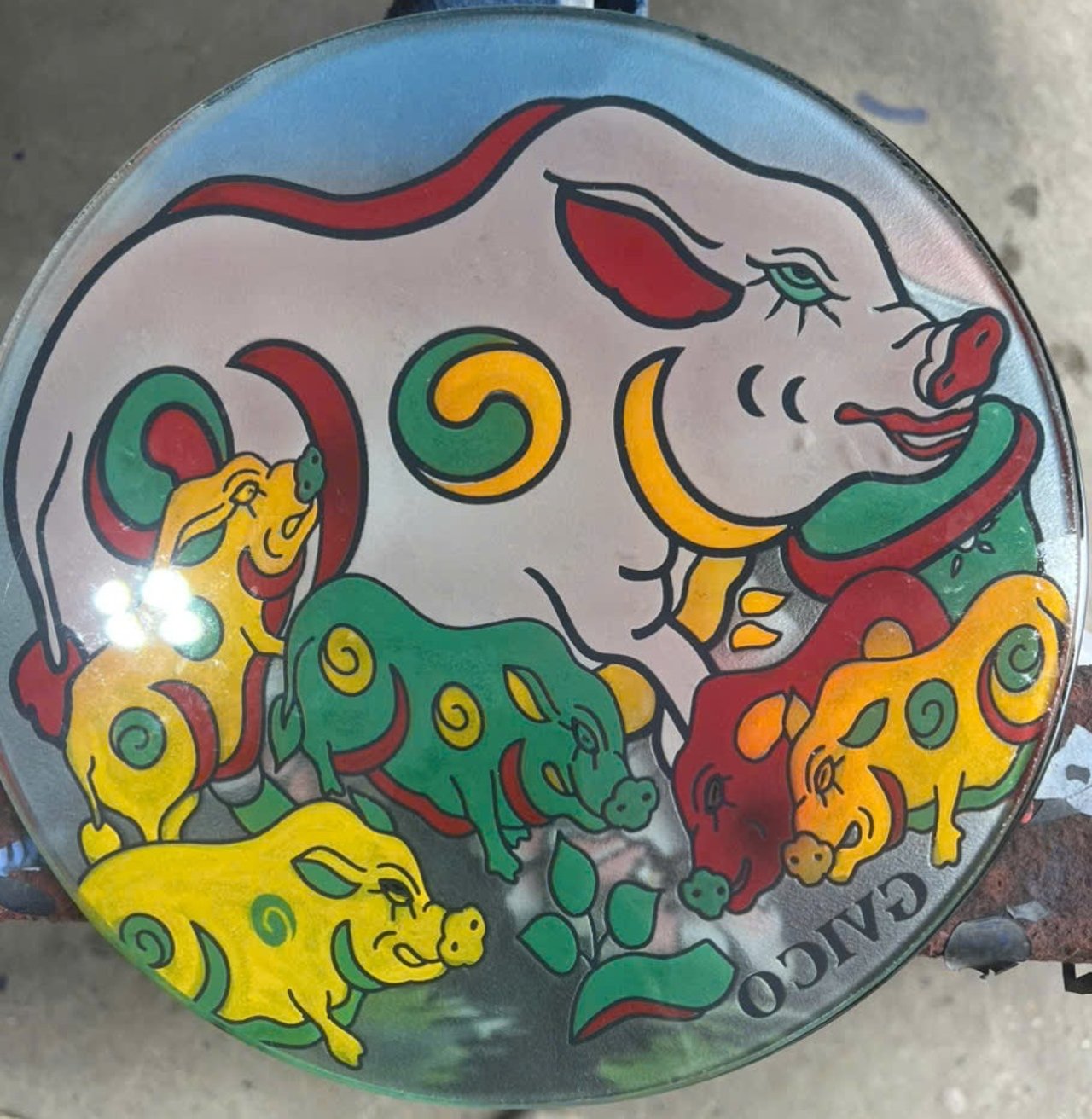
The Yin Yang Pig Herd - Dong Ho painting depicted on glass.
Another advantage of VinhCoba glass is that it is easy to construct and has flexible applications. While previous lines of artistic glass paintings often require a sturdy support frame during construction and are only suitable for certain spaces, VinhCoba glass paintings, with their tempered glass nature, can be installed on many different surfaces without much reinforcement. The ease of combining with steel, concrete, bamboo, wood, etc. also helps glass paintings to be suitable for all architectural styles, from classic to modern.
Breathing Vietnamese soul into paintings
According to the President of the UNESCO Association Nguyen Xuan Thang - founder of the Stained Glass Art Museum - glass painting has a history of hundreds of years with stained glass being very popular in Gothic church architecture in Europe. By the 19th century, the art of painting on glass spread to many Asian countries. In Vietnam, glass painting appeared in the second half of the 19th century when the French introduced this type of painting into the construction of Catholic churches. By the beginning of the 20th century, the Southern glass painting and Hue glass painting appeared, created by craftsmen in Lai Thieu, Go Cong, My Tho or in the imperial city of Hue. However, these types of paintings have long since disappeared. Currently in Vietnam, there are only a few people making glass paintings, but most of them follow Western techniques.
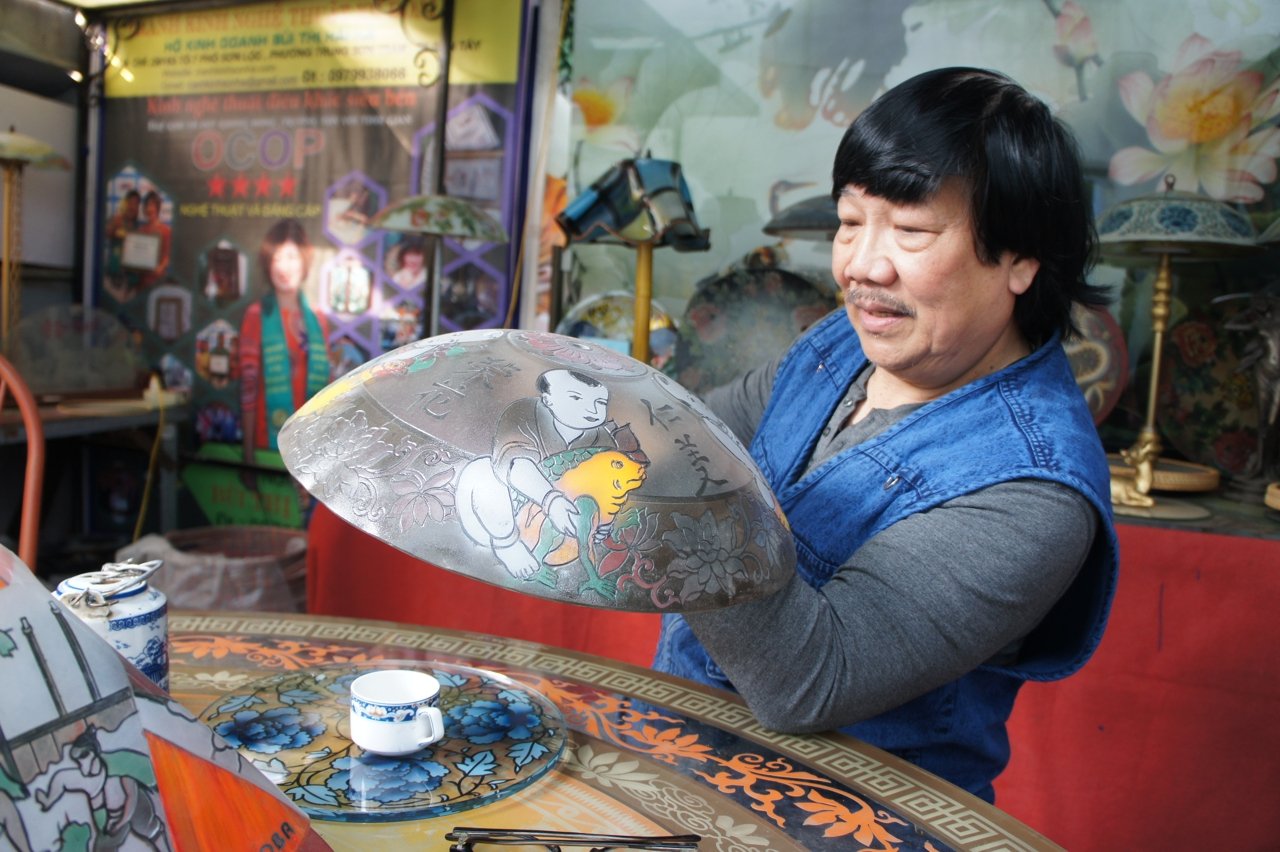
Artisan Pham Hong Vinh introduces a lampshade painted with Vietnamese folk paintings.
Mr. Thang assessed that Mr. Pham Hong Vinh is a Vietnamese pioneer in applying glass to artistic creation. In particular, although inheriting some Western glass painting techniques, Mr. Vinh has constantly researched and innovated to give his paintings a unique and distinct position.
“ Western stained glass paintings use the technique of cutting glass into small pieces and then joining them together with lead strips, while Vinh’s paintings are created on flat glass or hot-bent glass. The creation of embossed lines from sandblasting techniques and chemical corrosion, combined with ceramic painting, gives the product a very special firmness. These are unique characteristics of Vietnamese stained glass art,” Mr. Thang commented.
According to Mr. Vinh, with a product made by Vietnamese people, it is indispensable to breathe into it the Vietnamese cultural identity and soul. Therefore, besides the themes of church paintings in Western culture, he is very interested in bringing purely Vietnamese elements into the paintings. It could be the image of a dragon in the Ly Dynasty, the image of the One Pillar Pagoda, it could be a lotus painting, a Dong Son bronze drum painting, a Dong Ho painting, a Hang Trong painting or a painting of Ly Cong Uan moving the capital...
“I always aspire to affirm the Vietnamese brand of stained glass, wanting to bring traditional cultural values to a technological product. So that when looking at the painting, everyone can immediately imagine the country and people of Vietnam ,” artist Pham Hong Vinh shared.
Mr. Nguyen Xuan Thang added that with a painting genre of Western origin, the effort to incorporate traditional Vietnamese cultural elements is highly encouraged. Currently, the Stained Glass Art Museum is displaying a number of large-scale paintings by Mr. Vinh, including a large gong with many ethnic shapes and motifs. Personally, he really likes Mr. Vinh's lotus leaf products, because they are imbued with Vietnamese identity but no one has done it before.
“Mr. Vinh’s glass paintings can be put into museums and can be applied to interior and exterior decoration. It can be said that this is a right direction in developing the cultural industry, when research and creation are always oriented closely to application in life, ” said Mr. Nguyen Xuan Thang.
The Vu
Source: https://www.congluan.vn/nhan-dien-tranh-kinh-nghe-thuat-cua-nguoi-viet-post340230.html








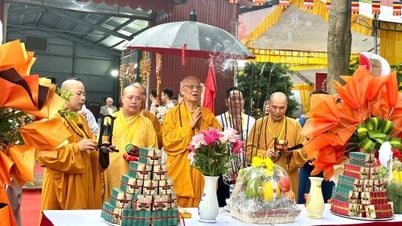


















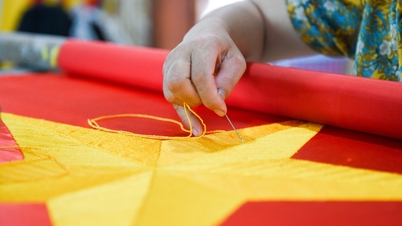

![[Photo] Central Propaganda and Mass Mobilization Department meets with exemplary journalists](https://vphoto.vietnam.vn/thumb/1200x675/vietnam/resource/IMAGE/2025/6/21/9509840458074c03a5831541450d39f8)












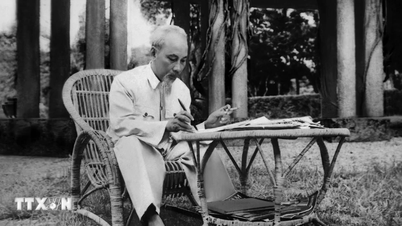









![[Maritime News] Wan Hai Lines invests $150 million to buy 48,000 containers](https://vphoto.vietnam.vn/thumb/402x226/vietnam/resource/IMAGE/2025/6/20/c945a62aff624b4bb5c25e67e9bcc1cb)



















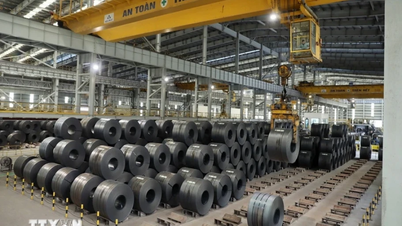














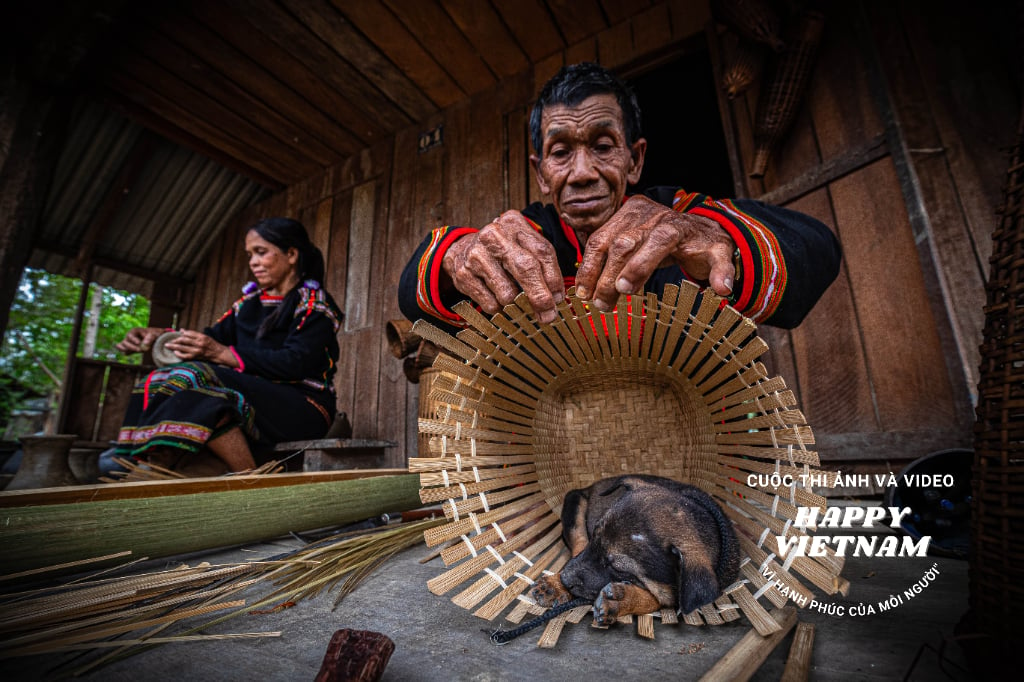



Comment (0)